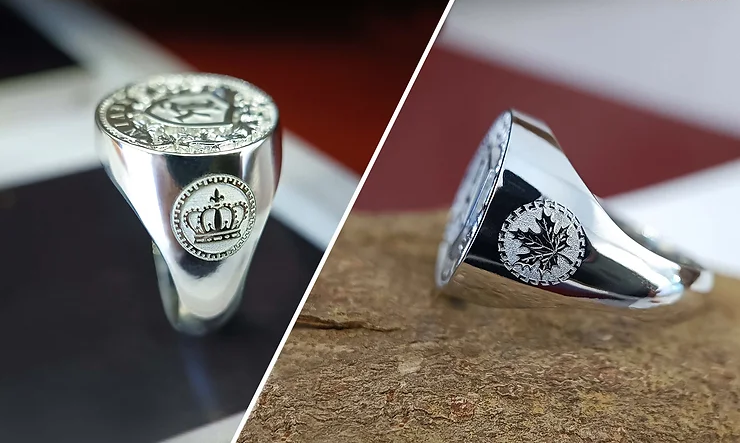Blog Replica Watches
Understanding the Difference: White Gold and Platinum
DWatch Global wants to dive into the distinctions between the white color of White Gold and Platinum. Here’s how they differ:
Understanding the Difference: White Gold and Platinum
Platinum:
Natural Milky White Color: Platinum, also known as platinum, has a natural milky white color without the need for any plating process. Color Durability: The white color of Platinum remains unaffected by usage over time, retaining its shiny and exquisite appearance for many years.
White Gold:
Ivory White with Gray Undertones: White gold is an alloy of gold and other metals. The white color of white gold depends on the proportion of these metals. It usually has an ivory white color with a slight gray undertone. Subtle Gold Hue: Due to containing a portion of pure gold (24 karat gold), white gold may have a subtle gold hue, especially upon closer inspection.
Regarding Durability:
Scratch Resistance and Hardness: Platinum is harder than white gold, resulting in fewer scratches. However, both metals may develop light scratches over time, but these scratches can be easily addressed through polishing. Color Retention: Platinum maintains its natural white color and elegance over time. In contrast, white gold may undergo slight color changes due to its gold content, but these changes are not significant.
Depending on individual preferences and needs, one may choose between White Gold and Platinum. Platinum is suitable for those desiring a natural white color, durability, and sophistication. On the other hand, White Gold offers a more budget-friendly option and is suitable for those seeking a white color without too much fuss.


